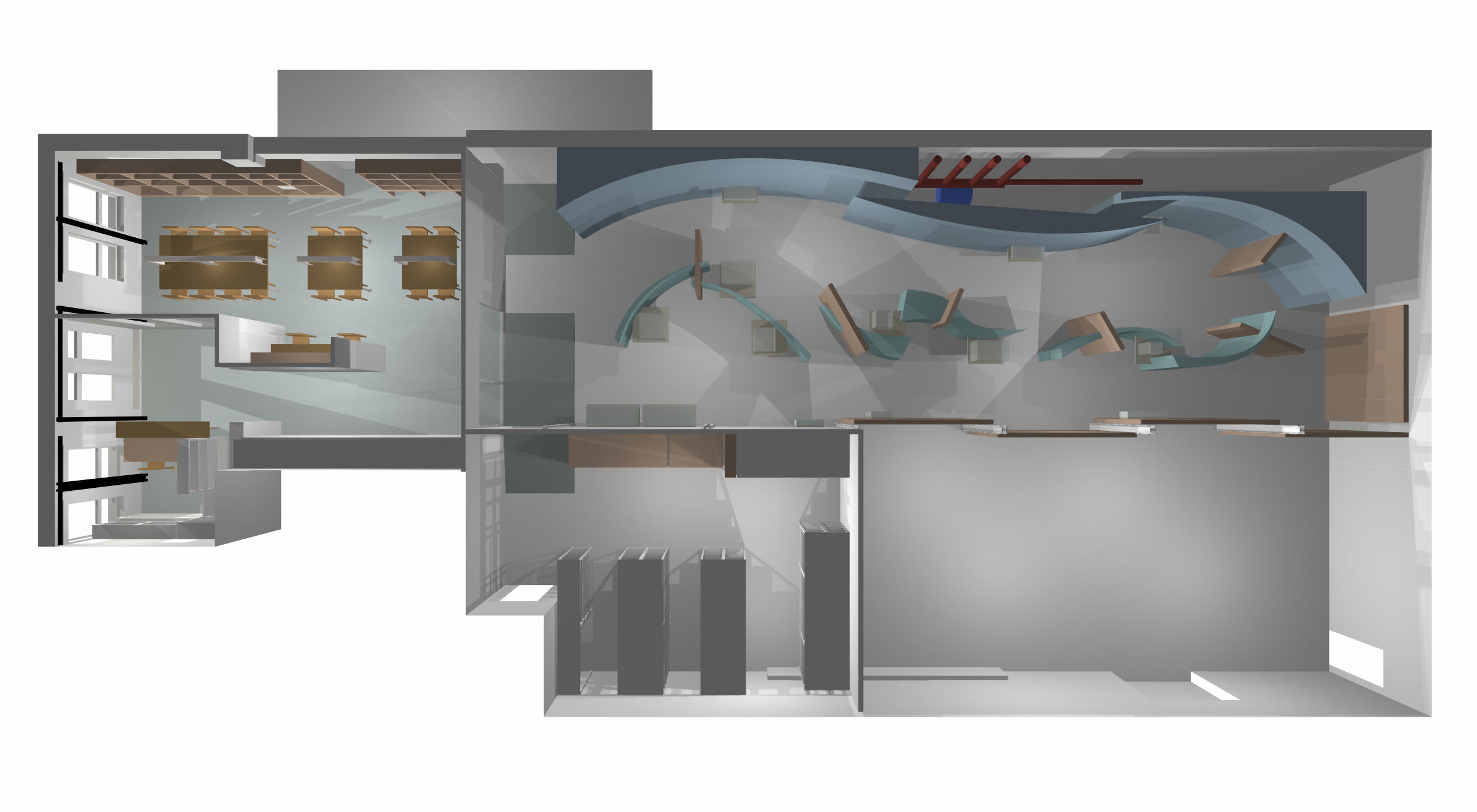Chateauguay Valley Historical Society Exploring the Possibility of Opening a Local Museum

This year, the Chateauguay Valley Historical Society hopes to honour the community’s rich history in the form of a museum.
Since its inception over 50 years ago, the Chateauguay Valley Historical Society has aimed to open a museum. Over the years, many obstacles have delayed the project—in fact, the mission to open a space dedicated to the history of the valley was written in the original mandate. With much enthusiasm, the organization adopted a resolution to finally proceed with the Museum Project Study in December 2014. Members prepared and submitted an application to the MRC for partial financial support to carry out a study and preliminary design for the centre, officially dubbed the Musée et Centre d’Histoire du Haut-Saint-Laurent/Chateauguay Valley Museum and History Centre. Working in collaboration with not only the MRC, but also the municipality of Huntingdon, the St-Anicet Historical Society and Vision Bénévolat Haut-Saint-Laurent, the project is finally underway.
The organization held their annual general meeting on Saturday, April 16th at their headquarters, which are housed within Huntingdon’s Woolen Mills, a local heritage building constructed in 1886. The space has been allotted to the organization by the municipality, who has also promised the association 4,000 square feet of space (the factory floor of the building) should they go ahead with their plan to open a museum. The society’s president, Robert Anderson, has a considerable amount of relevant experience, having worked in countless art galleries in both the Maritimes and Quebec. Not only that, but the Dewittville resident and long-time local worked as the Head of Design and Installations for Montreal’s Canadian Centre for Architecture—prior to that, Anderson also worked as an Installation Technician for the McGill’s McCord Museum of Canadian History. He’s excited about the project, as is the MRC Haut-Saint-Laurent. The first step is to find the funding to begin planning the project in order to determine what the undertaking will require, explains Anderson. “Now more than ever, I believe that CVHS is one of the most important regional influences for the preservation and promotion of our collective history and culture,” said Anderson.
While the Woolen Mills provides the perfect space for the association’s museum, it will require a substantial amount of work on both the exterior and interior of the building, explains Anderson. With a team of six involved in the study, including Anderson, Ken Dolphin, Laurent Lazure, George Leroux, Ian Rennie and Alexandra Tucker, much of the layout has been determined. According to the study, the project will represent more than just a single historical society, but the region itself—meaning that the museum will focus on the history of the First Nations, French, Scottish, English and Irish. Following the theme of a flowing river (to represent the considerable influence that both the Chateauguay River and the Saint Lawrence River have on the community), the museum will be presented in six stages, from the main office to a reading room, to a main exhibit space and so on. The plan is for future exhibits to be interactive as well as comprehensive, with artefacts being stored in an environmentally controlled area.
With their work cut out for them this year, the organization will be focusing on fundraising and building support for their project—one that will not only recognize the importance of our community’s history, but also educate the generations to follow.
For more information, contact Anderson at rhanderson.x@gmail.com.